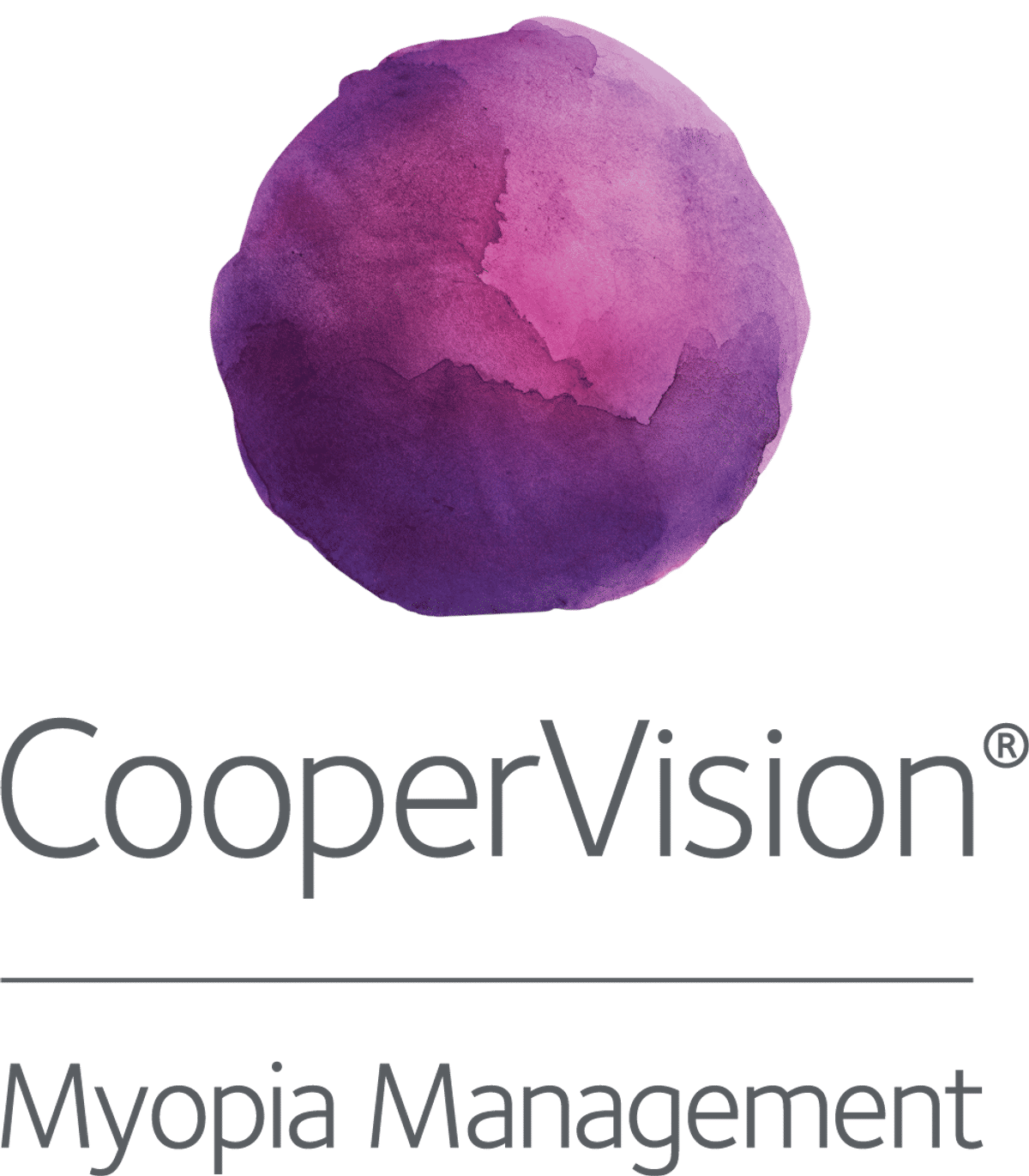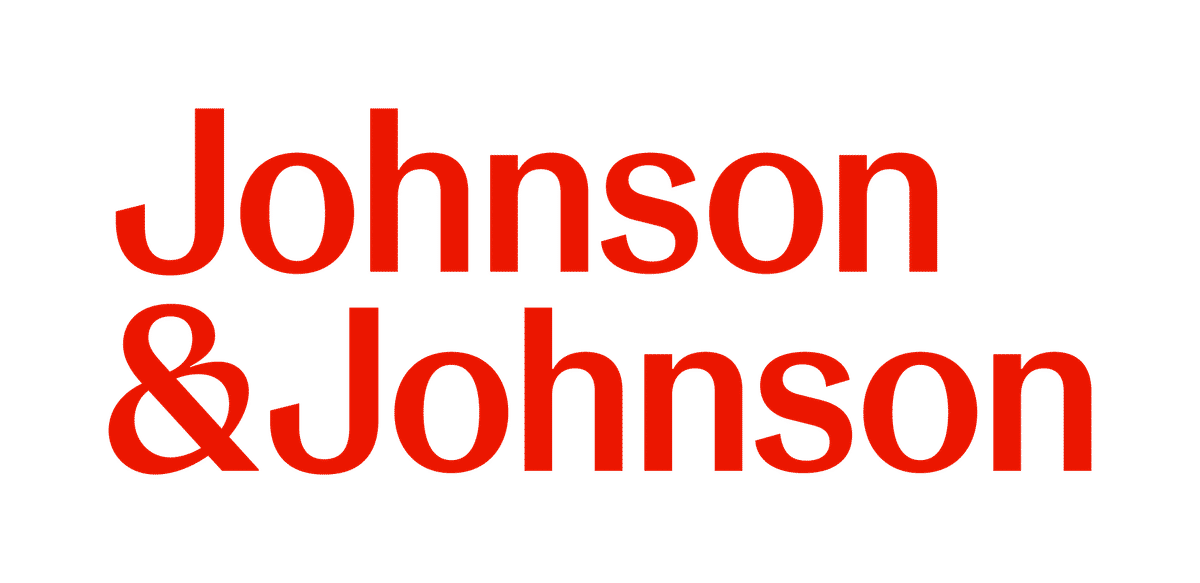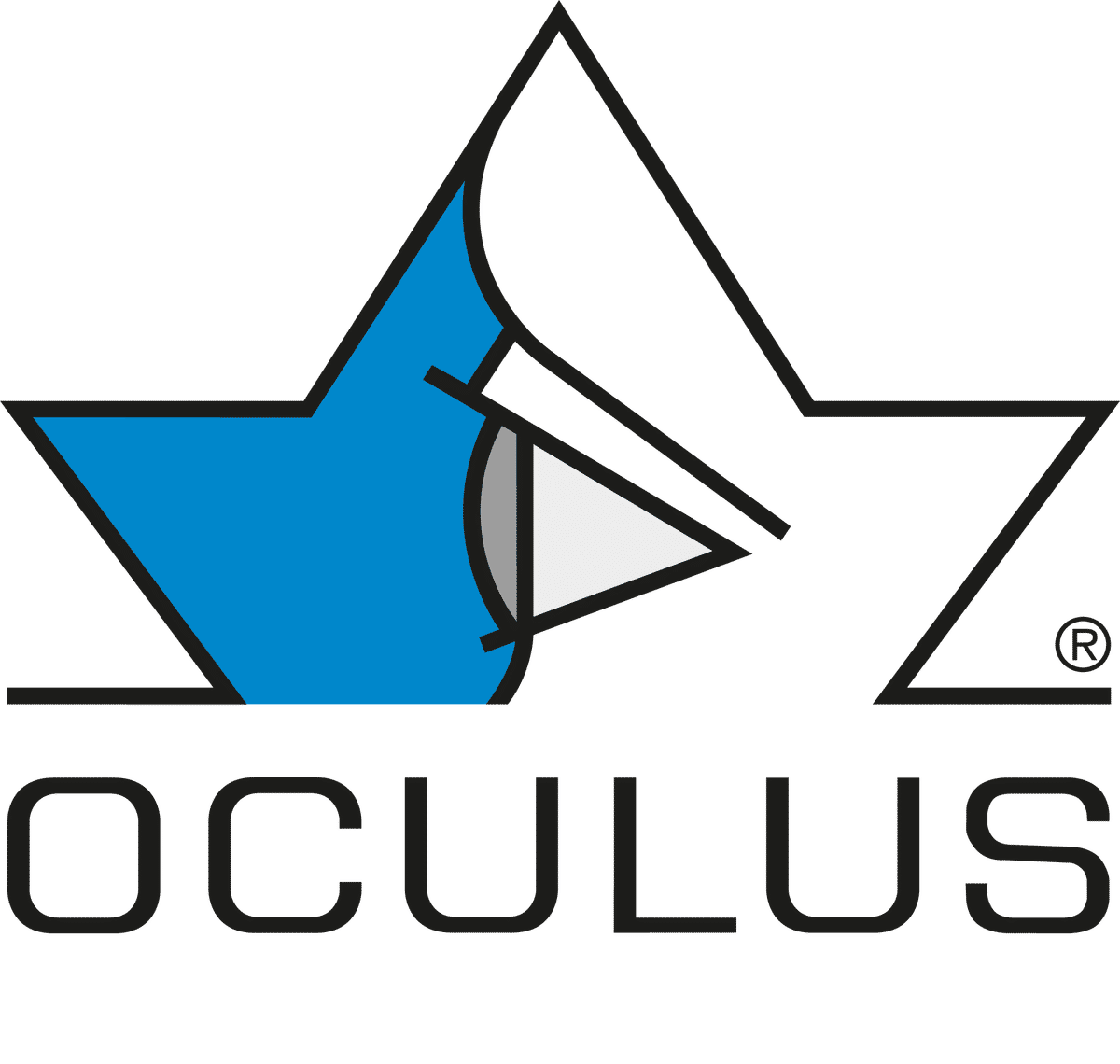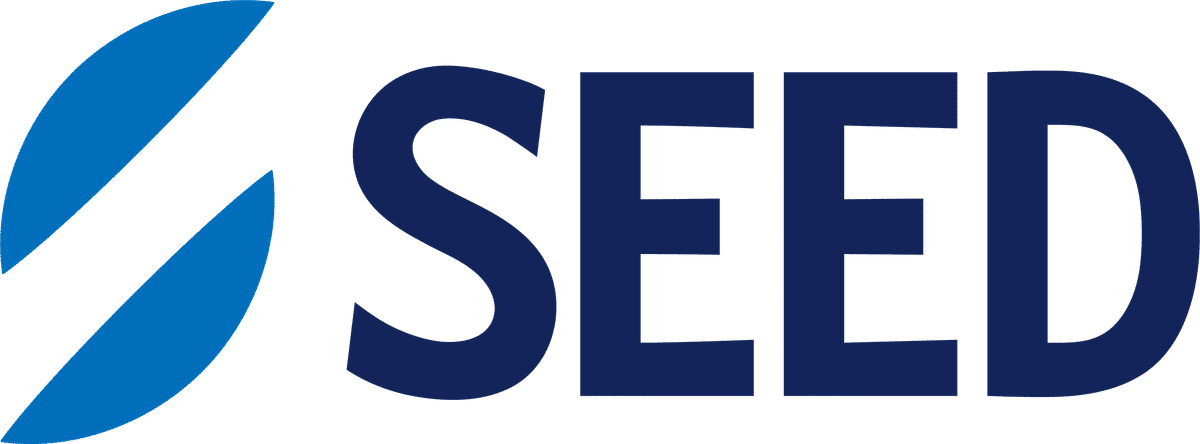Science
Essilor Stellest lenses reduce axial and peripheral eye elongation

In this article:
This study investigated the effects of Essilor Stellest lenses on peripheral eye length and refraction in children over three years. Wearing Essilor Stellest lenses led to slower central and temporal eye growth compared to single vision lenses, but conversely, the impact on nasal and vertical eye growth was relatively small. Subsequently, these region-specific effects may lead to less retinal asymmetry than untreated eyes.
Paper title: Effect of spectacle lenses with highly aspherical lenslets on changes in peripheral eye length and asymmetry
Authors: Huang Y (1), Li X (1), Wang Y (1), Drobe B (2), Chen H (1), Bao J (1)
- National Engineering Research Centre of Ophthalmology and Optometry, Eye Hospital, Wenzhou Medical University, Wenzhou, Zhejiang, China
- Research and Development, EssilorLuxottica, Singapore, Singapore
Date: Published March 29, 2025
Reference: Huang Y, Li X, Wang Y, Drobe B, Chen H, Bao J. Effect of spectacle lenses with highly aspherical lenslets on changes in peripheral eye length and asymmetry. Ophthalmic Physiol Opt. 2025 Mar 29.
Summary
Spectacle lenses with highly aspherical lenslets (HAL, commercially known as Essilor Stellest), have demonstrated efficacy in slowing axial elongation in myopic children. Their influence on peripheral eye length (PEL) and retinal shape is less well understood. Although the defocus profile of these lenses is generally symmetrical, the resulting effect on the retina may differ regionally due to asymmetries in baseline ocular shape. Therefore, this study explored whether wearing or switching to Stellest lenses influences central and peripheral eye elongation, as well as retinal symmetry, compared to single vision lens (SVL) wear in children.
This study was a 1-year extension of a 2-year randomized controlled trial in Wenzhou, China, in which children aged 8-13 years wore either HAL, spectacle lenses with slightly aspherical lenslets (SAL), or SVL for 2 years.
Key findings were as follows.
- Wearing HAL lenses effectively reduced central and temporal eye elongation compared to wearing SVL only. Eye elongation in the nasal and vertical regions did not differ significantly among the four groups.
- In the SVL group, central elongation was faster than PEL elongation, indicating asymmetrical (prolate) eye growth. In the HAL groups, central and PEL elongation increased at similar rates, suggesting more uniform eye growth.
- For children who wore HAL continuously for 3 years, there was weaker efficacy (on central and peripheral eye elongation) in the third year compared to children who were switched into HAL.
What does this mean for my practice?
This study provides insights into how Essilor Stellest lenses influence axial and peripheral eye elongation, peripheral refraction, and retinal shape symmetry.
The predominant finding was that HAL lenses exhibited region-specific effects on eye elongation. Specifically, the lenses inhibited central elongation more than peripheral elongation; and temporal elongation more than nasal elongation. Learning how retinal regions are impacted by defocus-based optical treatment improves our understanding of the mechanisms underlying myopia control. Eventually, this may prompt the development of more tailored optical designs.
Additionally, the fact that children switching to Stellest lenses benefited from slowed elongation is reassuring for children whose access to myopia management may be delayed. Despite commencing 2 years later, participants who switched to wearing Stellest showed a better 1-year effect than those who were continuously wearing Stellest (in the third year).
Early intervention with effective myopia control treatments is advisable, but this does not always occur in the real world due to various barriers.
Learn out more about the long-term efficacy of Essilor Stellest lenses.
What do we still need to learn?
While Essilor Stellest lenses slowed axial and peripheral elongation, the regional control effect appeared strongest in the temporal retina, with limited influence on nasal and vertical eye length. This raises questions about how lens design and retinal anatomy interact, particularly given the presence of the optic disc and structural asymmetry on the nasal side.
Further research is needed to clarify the specific optical signals responsible for slowing axial elongation. In this study, baseline peripheral refraction was not associated with treatment outcomes, suggesting that defocus may not be the primary mechanism driving myopia control. Instead, defocus could act as a trigger for other optical changes – such as reduced contrast, altered spatial frequency profiles, or increased higher-order aberrations – that may more directly influence eye growth.
Research data from optical strategies that do not rely on myopic defocus
Abstract
Purpose: Spectacle lenses with highly aspherical lenslets (HAL) have been shown to slow myopia progression and axial length (AL) elongation effectively. The effects of HAL on peripheral eye length (PEL) and peripheral refraction (PR) were investigated in children who continued wearing HAL or switched from single-vision spectacle lenses (SVL) or spectacle lenses with slightly aspherical lenslets (SAL) to HAL.
Methods: Fifty-two participants who had worn HAL for 2 years continued their use (HAL group), while 51 and 48 participants who had originally worn SAL or SVL for 2 years switched to HAL (SAL–HAL and SVL–HAL groups, respectively) in Year 3. A new SVL group of 56 participants, 10–15 years of age, was enrolled in Year 3 (new-SVL group). PEL and PR were measured every 10° from 30° nasal to 30° temporal and from 30° superior to 10° inferior retina.
Results: There were significant differences in the changes in AL and PEL on the temporal side among the groups (all p ≤ 0.001). All three HAL groups exhibited less elongation than the new-SVL group. PR changes in the parafoveal temporal (p = 0.002) and superior (p = 0.001) regions differed among the groups; the new-SVL group progressed more than the other three groups. The AL in the new-SVL group exhibited greater elongation than the PEL (all p < 0.02). However, there were no significant differences between the AL and PEL changes in the three HAL groups (all p > 0.05).
Conclusions: Compared with wearing SVL, switching to or continuing to wear HAL could slow central and temporal elongation of eye length. Wearing HAL could impact retinal steepness and symmetry.
Meet the Authors:
About Brian Peng
Brian is a clinical optometrist based in Sydney, Australia. He graduated from the University of New South Wales and was awarded the Research Project Prize for his work on myopia. He has a keen interest in myopia-related research, industry, and education.
Read Brian's work on our My Kids Vision website, our public awareness platform. Brian also works on development of various new resources across MyopiaProfile.com.
References
- Bao J, Huang Y, Li X, et al. Spectacle Lenses With Aspherical Lenslets for Myopia Control vs Single-Vision Spectacle Lenses: A Randomized Clinical Trial. JAMA Ophthalmol. May 2022;140(5):472-478. [link]
- Su B, Cho P, Vincent SJ, et al. Novel Lenslet-ARray-Integrated Spectacle Lenses for Myopia Control: A 1-Year Randomized, Double-Masked, Controlled Trial. Ophthalmology. Dec 2024;131(12):1389-1397. [link]
- Wolffsohn JS, Gifford KL. Optical Strategy Utilizing Contrast Modulation to Slow Myopia. Ophthalmol Sci. Sep 2025;5(4):100672. [link]
Enormous thanks to our visionary sponsors
Myopia Profile’s growth into a world leading platform has been made possible through the support of our visionary sponsors, who share our mission to improve children’s vision care worldwide. Click on their logos to learn about how these companies are innovating and developing resources with us to support you in managing your patients with myopia.












